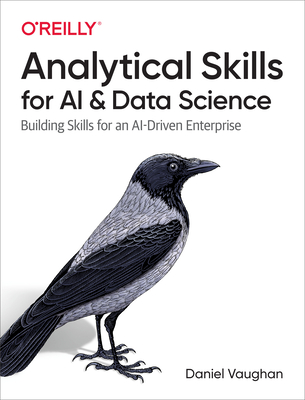What do you think?
Rate this book


244 pages, Paperback
First published May 1, 2020
The main takeaway is that value is created by making decisions, not by data or prediction. But these are necessary inputs to make AI-and-data-driven decisions decisions. To create value and make better decisions in a systematic and scalable way we need to improve our analytical skills.
Descriptive Analytics
What it is: involves analyzing historical data to understand what has happened in the past. It focuses on summarizing and presenting data in a meaningful way and relate to the current state of the business objective.
Example: Generating reports, dashboards, or visualizations that show key performance indicators (KPIs) over a specific time period.
Predictive Analytics
What it is: involves using statistical algorithms and machine learning techniques to identify the likelihood of future outcomes based on historical data. It helps organizations anticipate what might happen in the future.
Example: Building a predictive model to forecast sales for the next quarter based on past sales data and other relevant factors.
Prescriptive Analytics
What it is: goes a step further by recommending actions to optimize or improve future outcomes. It considers the predicted outcomes and suggests the best course of action, to help choose the right levers.
Example: Recommending marketing strategies to maximize the predicted sales, taking into account various influencing factors.
Business objectives are usually already defined, but we must learn to ask the right business questions to achieve these objectives.
Always start with the business objective and move backward: for any decision you're planning or have already made, think about the business objective you want to achieve. You can then move backward to figure out the set of possible levers and how these create consequences that affect the business.
The sequence of why questions can help define the right business objective you want to achieve: this bottom-up approach generally helps with identifying business objectives and enlarging the set of actions we can take. But other times you can also use a top-down approach similar to the decomposition of conversion rates.
Probabilities represent the likelihood of different outcomes occurring. In predictive analytics, estimating probabilities involves using statistical models and data analysis to quantify the chance of various future events.
Expected values, also known as mean or average values, are calculated by multiplying each possible outcome by its probability and summing up these values. It provides a measure of the central tendency of a probability distribution.
Expected utility is a concept in decision theory that combines the probabilities of different outcomes with the associated utility or value of each outcome. It helps in making decisions under uncertainty by considering both likelihood and desirability.